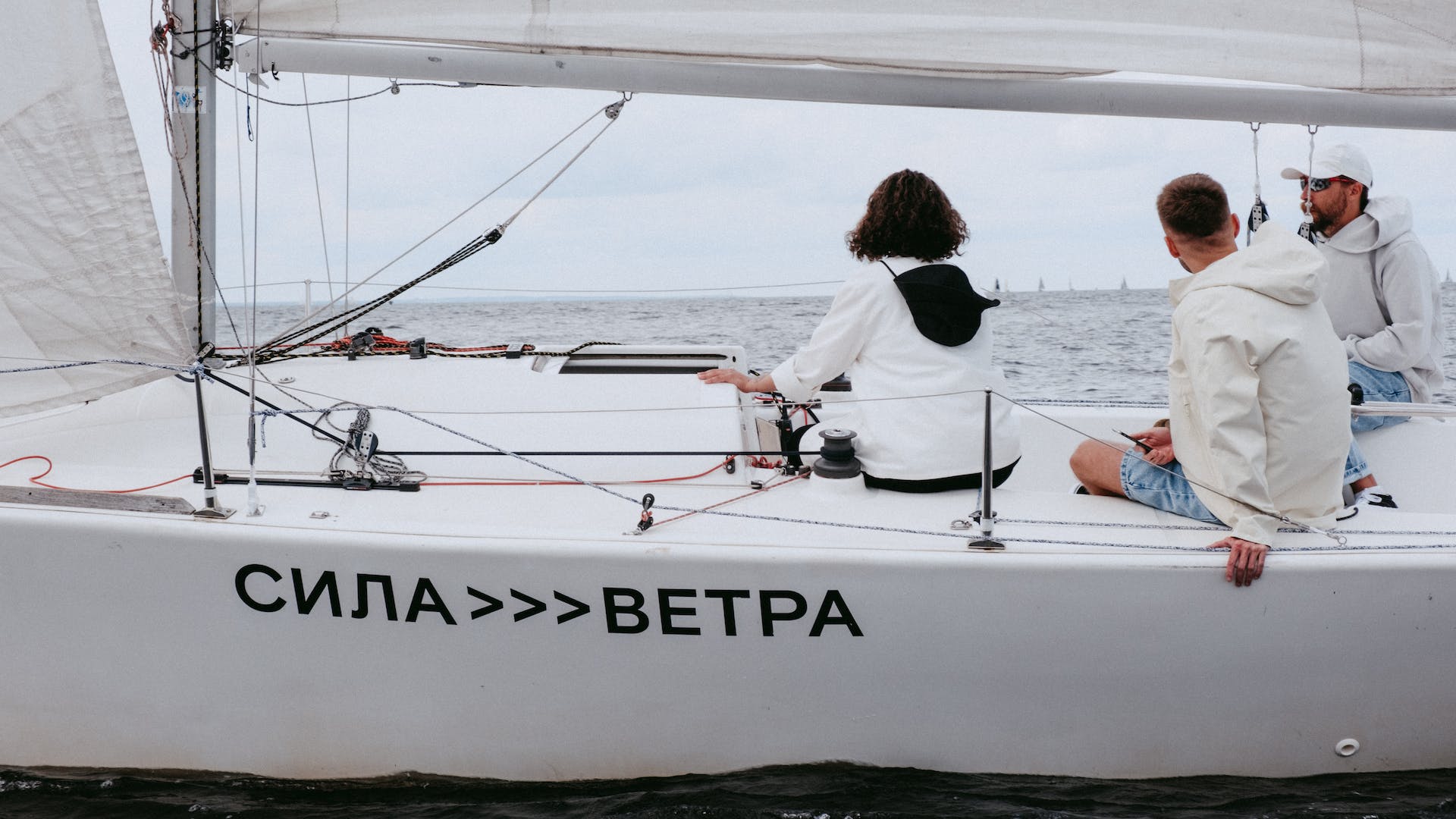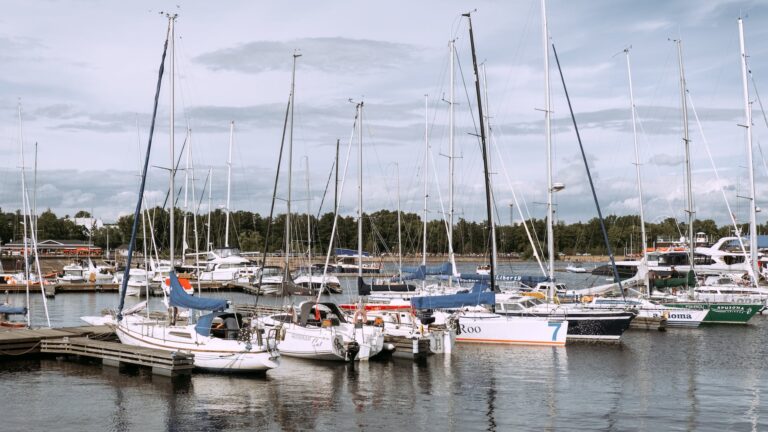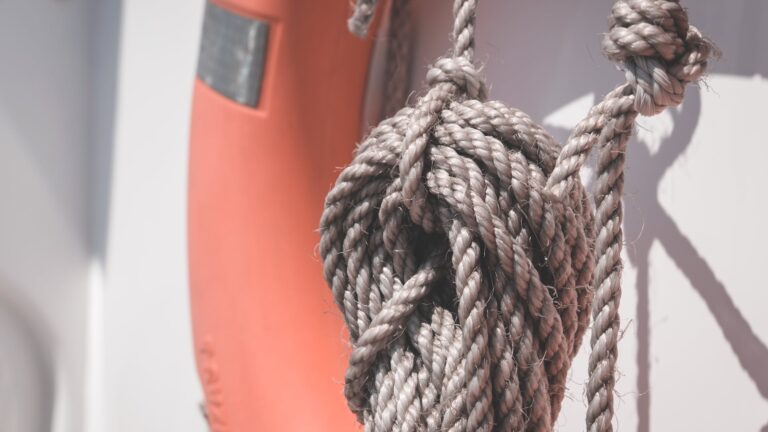What Is a Ghosting Sail?
Ghosting is a type of sailing technique used to move a sailboat very slowly in the lightest of airs, typically with light breeze conditions of less than 5 knots (9 km/h).
It is used by competitive racers and cruisers alike to make the most out of their sailing time and gain an advantage over their opponents or simply make the most out of the sailing day before them.
This article will provide an overview of ghosting, its history, types of sails used in ghosting, sail trim for maximum performance in light airs, techniques to optimise performance while ghosting and the benefits and challenges associated with the technique.
Definition of Ghosting
Ghosting is a sailing technique which uses a combination of sail trim and hull design to move a boat at very slow speeds, often less than 1 knot (1.85 km/h), in light breezes or calm conditions when other boats are unable to do so due to lack of wind power alone.
It is considered an advanced technique as it takes considerable skill and experience to do correctly and requires specialised equipment such as sails designed specifically for this purpose.
History of Ghosting
The history behind ghosting can be traced back centuries ago when sailors first began experimenting with different methods to move their vessels when there was no wind available or too much wind was present which made it dangerous or difficult to sail conventionally with traditional sails alone.
Over time, sailors developed various techniques such as using oars or rowing boats along side the vessel to provide additional propulsion in light winds and eventually developed what we know today as ghosting with the help of modern materials and technology such as kevlar sails that are designed specifically for this purpose.
Reasons for Ghosting
There are several reasons why sailors choose to use ghosting techniques on their vessels including gaining an advantage over competitors during races, being able to sail longer distances without needing to stop or slow down due to lack of wind power alone, gaining better control over the boat in light winds or calm conditions, conserving fuel when motoring is not an option and being able to navigate through tight spaces such as narrow channels or marinas where conventional sailing may be difficult due to lack of wind power alone.
Types of Sails Used in Ghostig
The type of sails used in ghostig depends on several factors including the size and shape of the vessel, desired speed and performance goals and personal preferences but typically include lightweight spinnakers or jibs designed specifically for this purpose that are made from materials such as kevlar which are lightweight yet strong enough to provide propulsion even in light winds or calm conditions without needing additional support from oars or motors like conventional sails require when there is no wind available.
Sail Trim for Maximum Performance in Light Airs
Optimising sail trim while ghostig is essential for maximum performance as it allows sailors to make small adjustments that can significantly improve speed and efficiency even when there is very little wind available which can be crucial during races or long voyages when every second counts towards success or reaching a destination before dark.
There are several techniques that can be used including adjusting halyard tension, using backstay tensioners, adjusting mainsheet tension, adjusting traveler position and using downhauls on spinnakers among other things depending on the specific sail setup being used at any given time which can take some trial-and-error experimentation before getting it just right but once mastered can be incredibly effective at squeezing every bit out performance from even the lightest air conditions imaginable allowing sailors reach speeds that would otherwise be impossible under those same conditions without it .
Equipment Needed for Ghostig
In addition specialised sails mentioned above there are several other pieces equipment needed for successful ghostig including motorised winches which allow precise adjustment sail trim even when there is no wind available, bow thrusters which help maintain control over the vessel even under extreme manoeuvres such as tacking around tight corners at low speeds where loss control could end disastrously if not careful enough ,lightweight anchors which allow quick anchoring even under extreme manoeuvres such as tacking around tight corners at low speeds where loss control could end disastrously if not careful enough ,and other items depending on vessel size that help maintain hull shape while moving slowly through water such as water ballasts tanks among other things .
Techniques To Optimise Performance While Ghostig
In addition optimising sail trim while ghostig mentioned above there are several other techniques that can be employed while ghostig including using weight displacement techniques such as moving crew weight around within the vessel so that more weight is moved towards whichever side needs more propulsion at any given moment ,using momentum created by waves generated by passing vessels so that motion carries over after they have passed ,and using dynamic positioning techniques where vessels remain stationary relative their position by making small adjustments throughout ambient movement within water instead relying solely on motorised propulsion like traditional vessels do .
Benefits Of Ghostig
The primary benefit associated with utilising ghostig techniques instead traditional methods sailing is increased efficiency under light air condition since traditional methods rely heavily on motorised propulsion whereas ghostig relies solely on momentum created by wave action ,weight displacement within vessel ,and dynamic positioning techniques which require significantly less energy than motorised propulsion would .
Not only does this reduce fuel costs but also reduces environmental impacts associated motorised propulsion making it much more eco-friendly alternative than traditional methods .
Challenges Associated With Ghostig
Despite its many benefits ,there are also few challenges associated with utilising ghostig techniques instead traditional methods sailing including increased risk misjudging manoeuvres due to lower speed capabilities ,increased reliance wave action generated by passing vessels since they often provide only temporary boosts speed ,and increased skill level required master all necessary techniques mentioned above before they can effectively utilise them during races cruises alike .
Conclusion
In conclusion ,ghostig offers many advantages both competitive racers cruisers alike due its ability move sailboats at extremely slow speeds even under extremely light air conditions where traditional methods relying solely on motorised propulsion would otherwise be impossible .
While there few challenges associated with mastering all necessary techniques required effectively utilise this method during races cruises alike these challenges are easily outweighed by all benefits offered making it well worth effort especially those looking gain advantage over competitors during races long distance cruises wanting make most out their sailing day regardless conditions present them .







